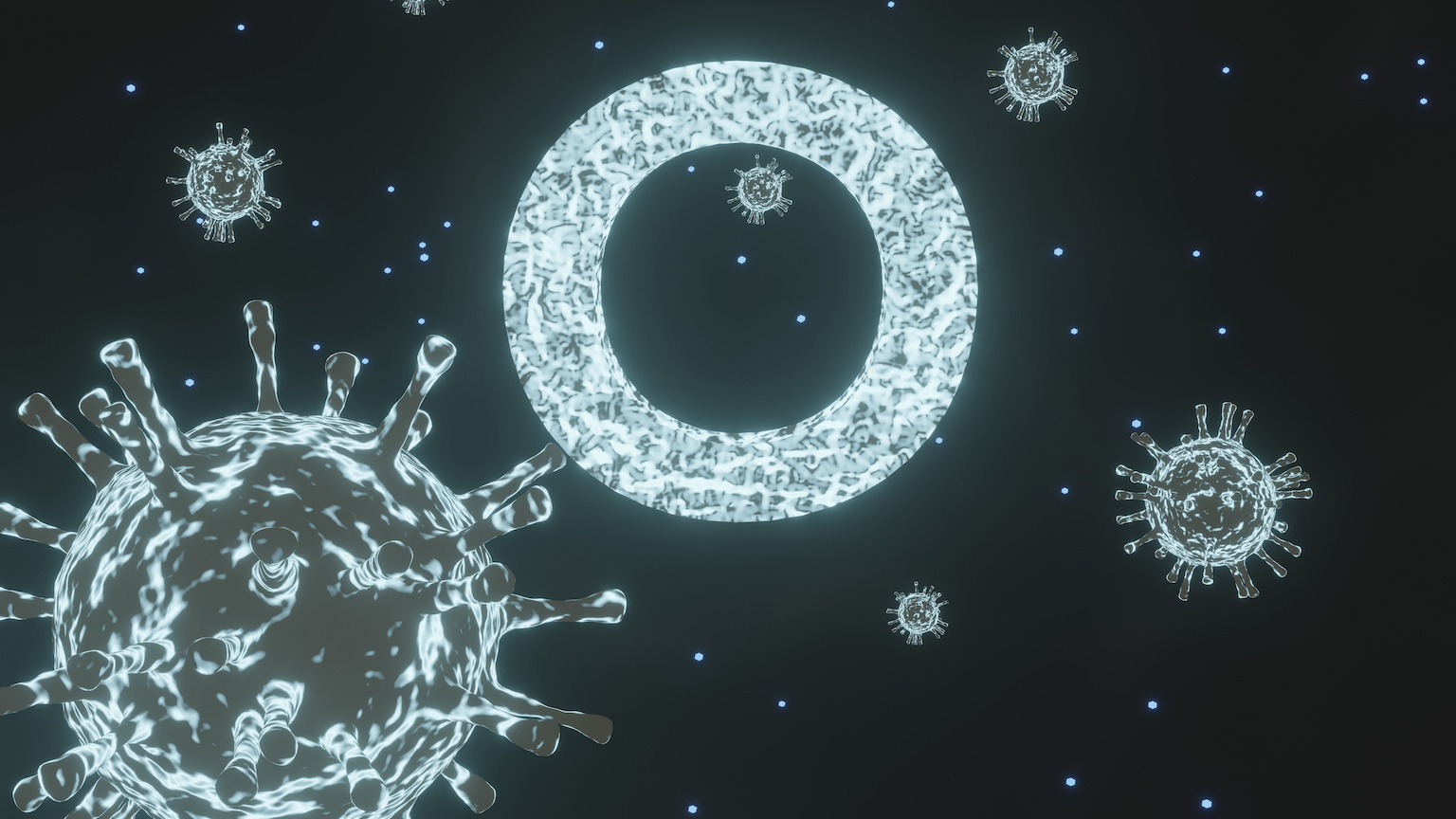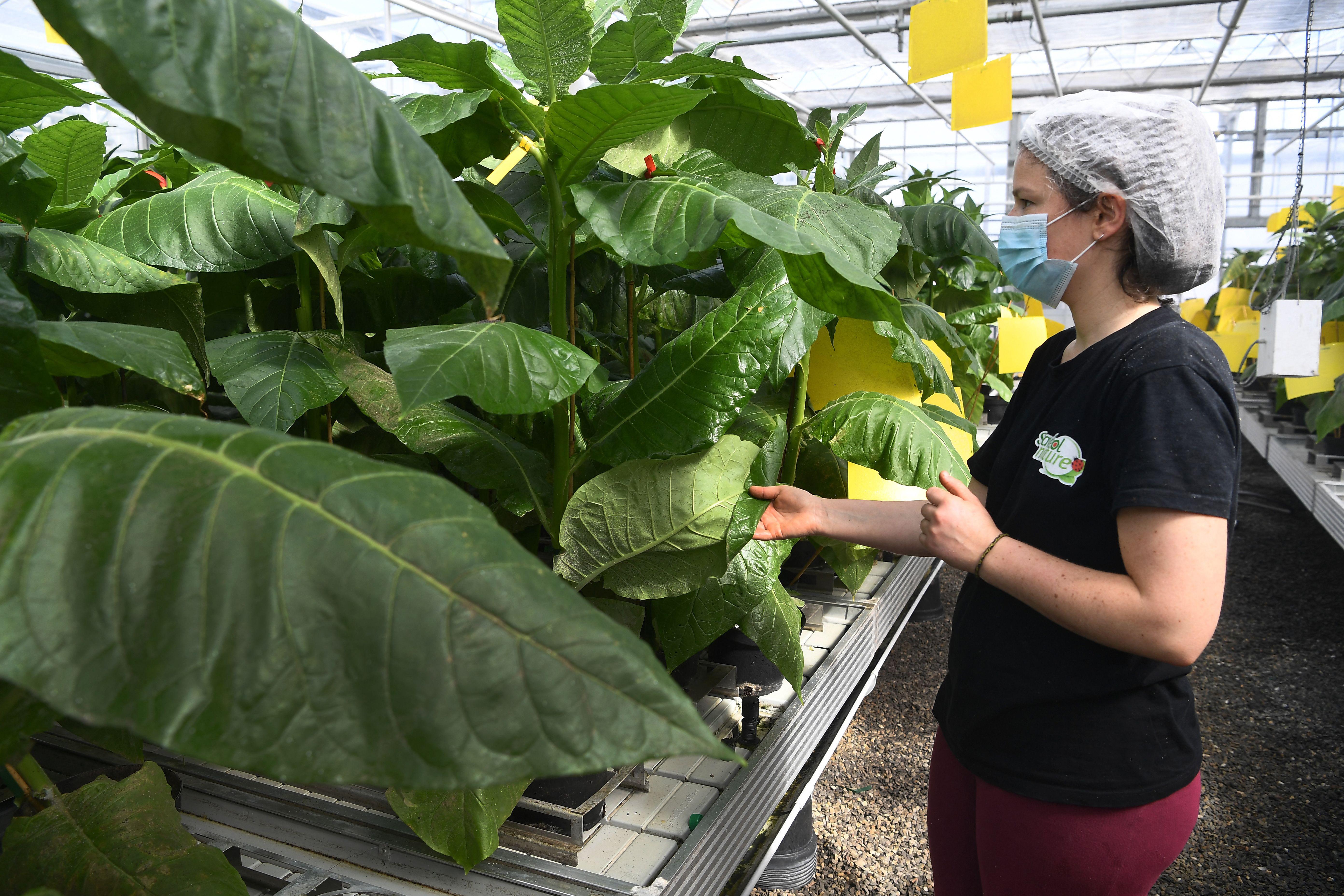Is Omicron the COVID variant we have been waiting for?

- Omicron is the 13th “variant of concern” or “variant of interest” that has emerged during the pandemic.
- Initial reports suggest the virus is highly infectious but produces only mild symptoms.
- Unfortunately, there is no evolutionary rule that forces pathogens to become less deadly over time.
The third time’s the charm, the saying goes. For SARS-CoV-2, the coronavirus that causes COVID, perhaps the 13th time is the charm. Omicron is the 13th “variant of concern” or “variant of interest” that has emerged during the pandemic, hence the name — the 15th letter of the Greek alphabet. (Greek letters nu and xi were skipped because the former sounds like “new” and the latter is a common surname — or, perhaps, it is the surname of a world leader the WHO would rather not upset.)
Not much is known about Omicron at the moment except that the novel strain has acquired 32 mutations in the gene that encodes the spike protein, the molecule responsible for the virus gaining access to our cells. Whether this will make the virus deadlier, more infectious, or vaccine-resistant is yet to be determined, though early reports suggest it is highly infectious but produces only mild symptoms.
Omicron is already everywhere. CNN reports that, in addition to South Africa, it has been detected in “Botswana, Belgium, Canada, Australia, the Netherlands, Denmark, United Kingdom, Germany, Israel, Italy, the Czech Republic, and Hong Kong” — underscoring the ultimate futility of travel bans and border closures, the epidemiological equivalent of shutting the barn door after all the goats escaped. Such policies merely delay the inevitable, and scientific studies are skeptical that they work. New Zealand serves as a case in point: If this sparsely populated island nation couldn’t keep COVID out, then draconian travel restrictions won’t work anywhere (at least in countries that consider themselves democracies). Despite this, they are making a comeback. Foreigners are banned from entering Japan and Israel, and many countries (including the U.S.) banned foreigners from southern Africa, even from countries that haven’t yet confirmed the presence of Omicron within their borders.
Is Omicron the variant we have been waiting for?
If it turns out that Omicron indeed produces only mild symptoms, is this the long-awaited variant that demonstrates that pathogens evolve to become less deadly over time? Maybe, maybe not.
Although the notion that pathogens evolve to become less deadly has been around for a long time, it is not an ironclad rule. Most experts would argue it’s not a rule at all. In this figure, there is a vague negative correlation between deadliness (y-axis) and contagiousness (x-axis) — that is, the most infectious microbes tend to be less deadly — but the evidence is very weak.
If the negative correlation between deadliness and contagiousness is not real, then why did it ever exist? First, it makes sense. A microbe does not “care” if you die; its only goal is to hang around long enough to infect another host. From that perspective, it makes sense why a pathogen might evolve to become less deadly: A dead host is useless. So too is a really sick host (who is unable to go anywhere). Thus, the thinking goes, the optimal strategy is to make a host sick enough to spread the pathogen (for example, through coughing or vomiting) but not too sick. Herpes, the common cold, and a whole slew of other pathogens appear to have adopted this strategy.
Second, a compelling line of evidence came from the purposeful extermination of an invasive species of rabbit in Australia. Authorities released the myxoma virus into the rabbit population, which killed almost all of them. However, as time went on, rabbit mortality from the virus dropped from 99.5% to 90% — providing evidence for the “declining virulence” hypothesis. (A somewhat recent observation that some of the viruses have regained potency by suppressing the rabbits’ immune system adds a new wrinkle to the narrative.)
As logical as the declining virulence hypothesis might be, the data tells a different story. As Ed Feil and Christian Yates wrote in The Conversation, “[E]ach host-pathogen combination must be considered individually. There is no general evolutionary law for predicting how these relationships will pan out.”
Will COVID become endemic?
That doesn’t mean that Omicron won’t evolve to become less deadly. It might. There is reason to hope that it will. Currently, there are four endemic coronaviruses that cause about 20% of common colds. Perhaps when these viruses first jumped into humans millennia ago, they were as deadly as COVID is, and then evolved to become less virulent. If that is what happened, then perhaps COVID simply will become the fifth endemic coronavirus, just as harmless as the others. But, as of now, that is speculation. There is no rule that will force Omicron or some other COVID variant to behave in a particular way.
Virologists and epidemiologists will be collecting data eagerly over the next several weeks and months in an attempt to determine where the pandemic is headed. In the meantime, there is something that you can do that has nearly a 100% guarantee of making you safer: Get vaccinated.





